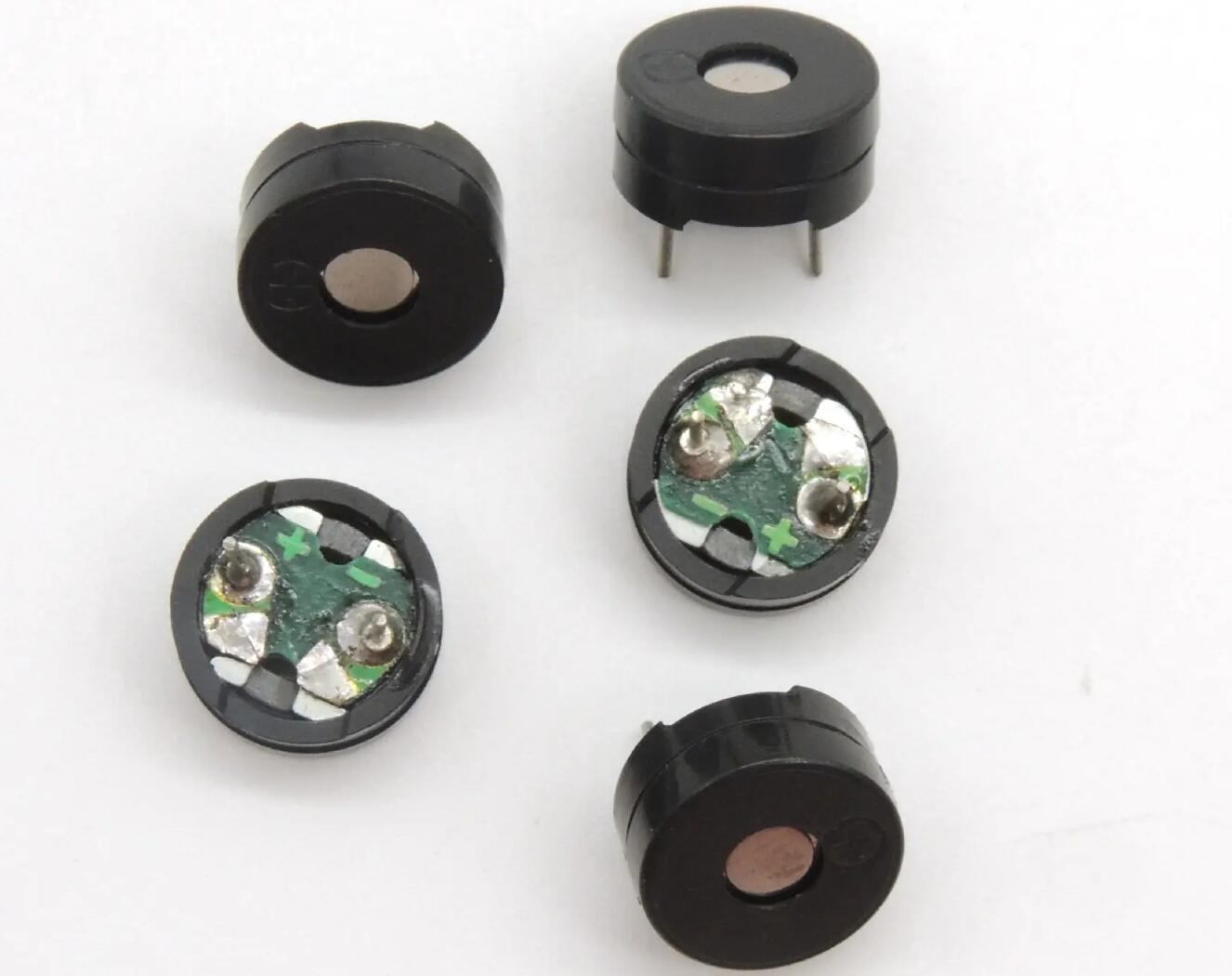There are many kinds and specifications of buzzers. You need to know several parameters (voltage, current, driving mode, size, connection / fixing mode) first. Of course, more importantly, the sound you want (sound pressure, frequency)
Working voltage: electromagnetic buzzer from 1.5 to 24V and piezoelectric buzzer from 3V to 220V are feasible, but generally, it is recommended to have a voltage of more than 9V for piezoelectric buzzer to obtain a larger sound
Current consumption: depending on the voltage, the electromagnetic type can range from tens to hundreds of milliamperes. The piezoelectric type saves more power. It can operate normally after a few milliamperes. When the buzzer is started, it needs to consume about three times the current instantly,
Driving mode: both types of buzzers have self-excited type, which can sound as long as they are connected with direct current (DC), because the driving circuit has been built in the buzzer. Because of the different action principles, the electromagnetic buzzer should be driven by 1 / 2 square wave, and the piezoelectric buzzer can have better sound output by using square wave
Size: the size of buzzer will affect the volume and frequency. The minimum size of electromagnetic type is from 7mm to 25mm, and the maximum size of piezoelectric type is from 12mm to 50mm or more
Connection mode: generally, there are dip, wire, SMD, large piezoelectric and locking screw
Sound pressure: the buzzer is often tested at a distance of 10cm. If the distance is doubled, the attenuation will be about 6dB. Otherwise, if the distance is doubled, the attenuation will be increased by 6dB. The electromagnetic buzzer can reach the level of 85dB / 10cm. The piezoelectric buzzer can be made very loud. Most common alarms are made of piezoelectric buzzers

